10 Common Hydroponic Setups and How to Choose the Right One
Hydroponic gardening offers a way to grow plants without soil by using nutrient-rich water solutions. Different systems provide unique benefits depending on the types of plants, space availability, and how much effort you want to put in. Choosing the right hydroponic system can help you grow healthier plants more efficiently while matching your budget and skill level. Understanding these options will guide you to a setup that fits your gardening goals.
This post may contain affiliate links, which helps keep this content free. Please read our disclosure for more info.
Drip System

The Drip System is one of the most popular hydroponic setups, especially for beginners and commercial growers. It works by delivering nutrient-rich water directly to the base of each plant through small drip emitters. This system is versatile and can be adapted to grow a wide variety of plants, from leafy greens to larger fruiting crops like tomatoes and peppers. Because it delivers nutrients in a controlled manner, it helps prevent water waste and supports healthy plant growth.
When choosing a Drip System, consider your available space and budget. It requires some plumbing and pumps, so it might be better suited for those with moderate experience. It also works well in both small and large setups, making it a flexible choice for home growers and professional farmers alike. If you want precise control over watering and nutrient delivery, this system can be a good match.
Nutrient Film Technique (NFT)
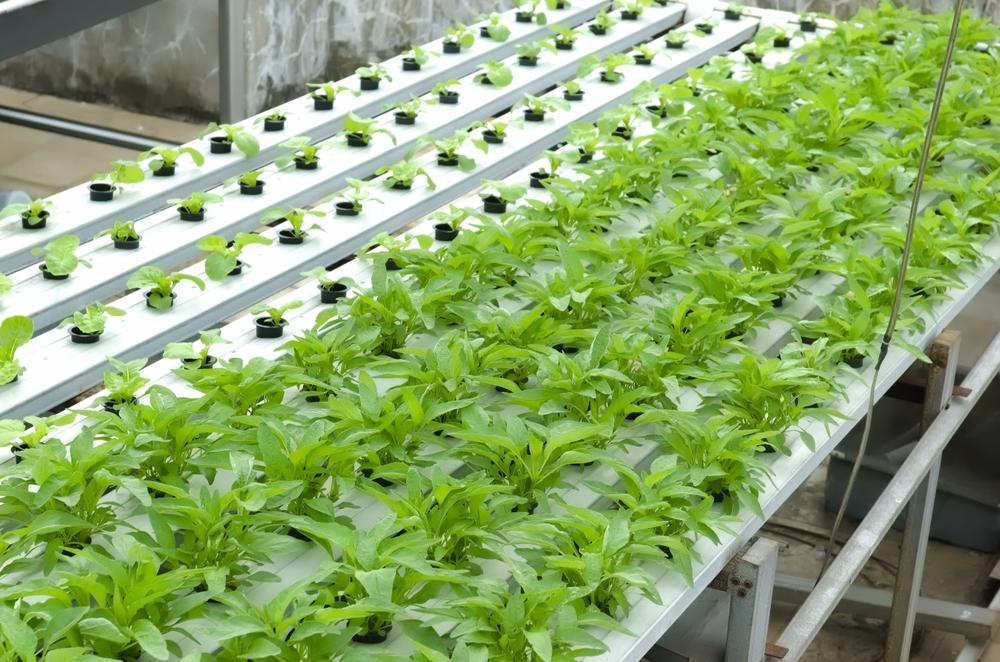
Nutrient Film Technique involves a thin stream of nutrient solution flowing continuously over the roots of plants, which are suspended in a shallow channel. The roots absorb nutrients as they pass through the flowing water, and excess solution recirculates back into the reservoir. This system is efficient with water and nutrients and is often used for growing smaller, fast-growing plants like lettuce, herbs, and spinach.
NFT requires a bit of attention to prevent roots from drying out or clogging the channels. It is best suited for growers with some experience and enough space to set up the channels properly. The system’s simplicity means it can be cost-effective, but its success depends on maintaining steady water flow and oxygen levels. Consider this method if you want a clean, low-medium maintenance system for lightweight crops.
Aeroponics
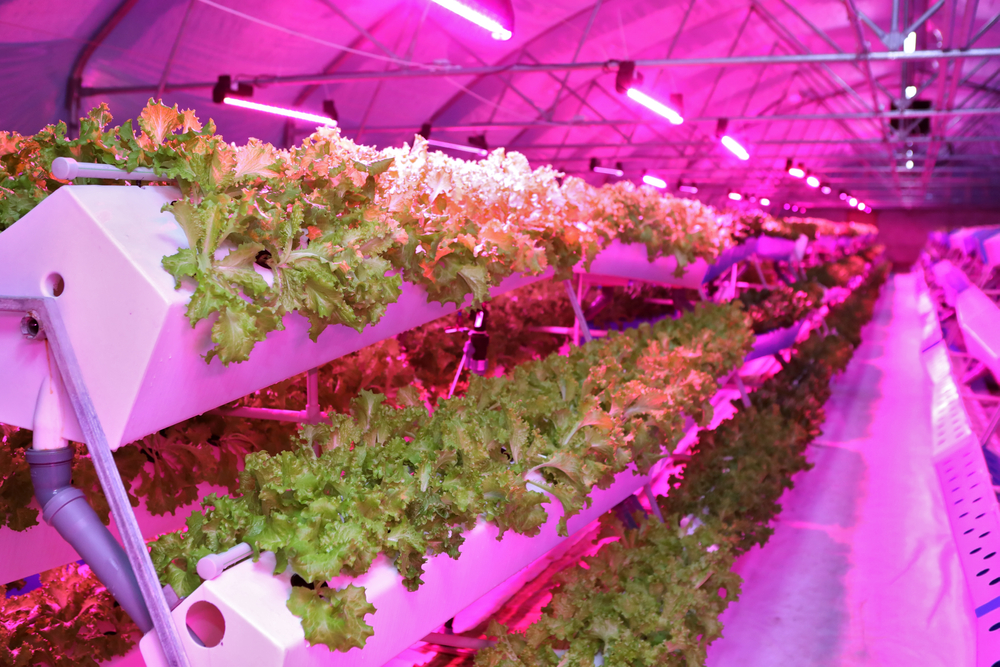
Aeroponics suspends plant roots in the air while misting them with nutrient solution at regular intervals. This method delivers high oxygen levels directly to the roots, which can encourage rapid growth and high yields. It uses less water than many other hydroponic systems and can be very space-efficient, making it a choice for those with limited room.
Due to its advanced setup, aeroponics is more suited for experienced growers comfortable with system maintenance and troubleshooting. The initial investment is generally higher because of the misting equipment and control systems required. If you want to maximize growth speed and have the technical know-how, aeroponics could be the right fit.
Wick System
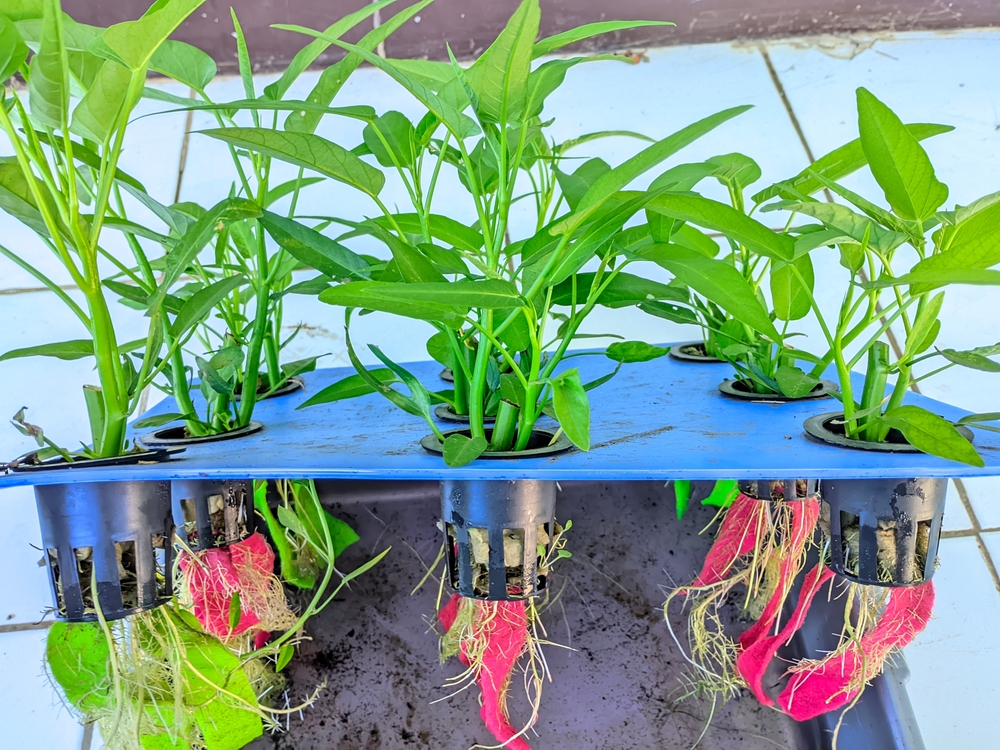
The Wick System is the simplest type of hydroponics. It uses a wick, usually made of cotton or nylon, to draw nutrient solution from a reservoir to the plant roots. Because it has no pumps or moving parts, it is quiet and easy to maintain. This system works best for small, low-water-demand plants such as herbs and lettuces.
This setup is perfect for beginners, classrooms, or those with a tight budget since it is low-cost and straightforward. However, it is not ideal for larger or more demanding plants because the nutrient delivery is passive and can be slow. If you want an easy introduction to hydroponics and do not plan to grow large crops, the Wick System is worth considering.
Deep Water Culture (DWC)
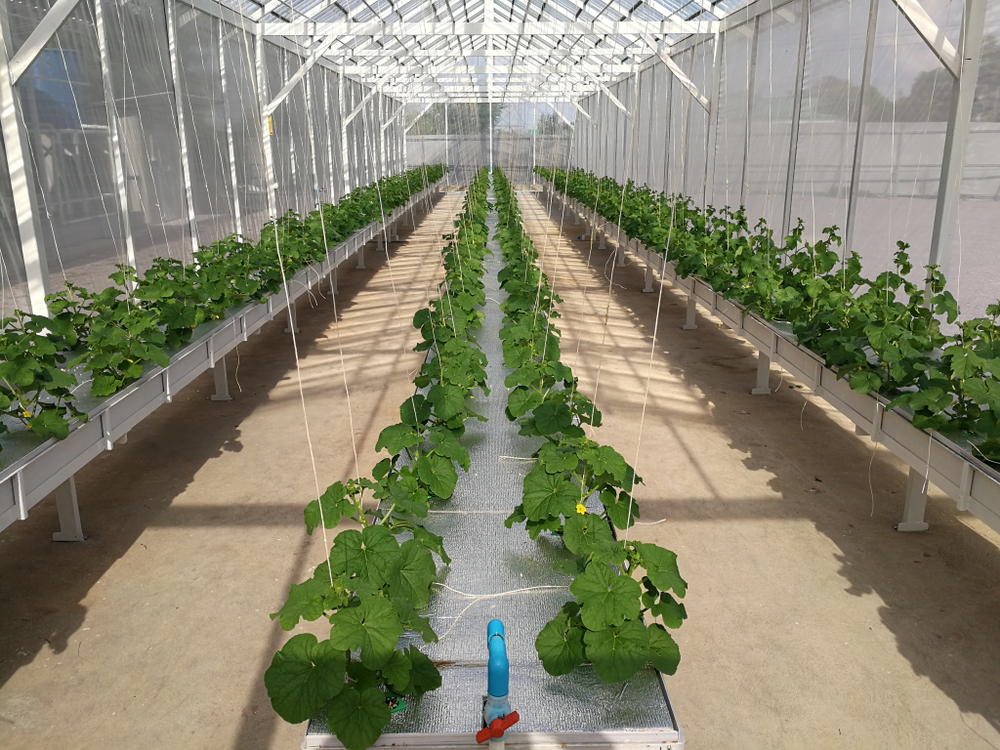
Deep Water Culture keeps plant roots submerged in an oxygen-rich nutrient solution continuously. An air pump bubbles oxygen into the water to prevent root rot and support healthy growth. This method is common for leafy greens and herbs because it promotes fast growth with minimal maintenance.
DWC is a good system for beginners and intermediate growers because it is simple to set up and manage. It requires moderate space and budget, mostly for reservoirs, air pumps, and containers. If you want a reliable system with steady results and are growing smaller crops, DWC is a strong option.
Ebb and Flow (Flood and Drain)

The Ebb and Flow system works by periodically flooding the plant roots with nutrient solution, then draining it back into a reservoir. This cycle provides plants with nutrients and oxygen in intervals, mimicking natural conditions. It is versatile and can handle a variety of plants, including vegetables and flowers.
This system suits growers with some experience because the timing and flooding cycles need to be monitored closely. It requires more space and equipment than simpler systems but offers flexibility in crop choices. If you want a system that balances automation and control and are ready to manage the flood cycles, Ebb and Flow is a good fit.
Drip-to-Drain System
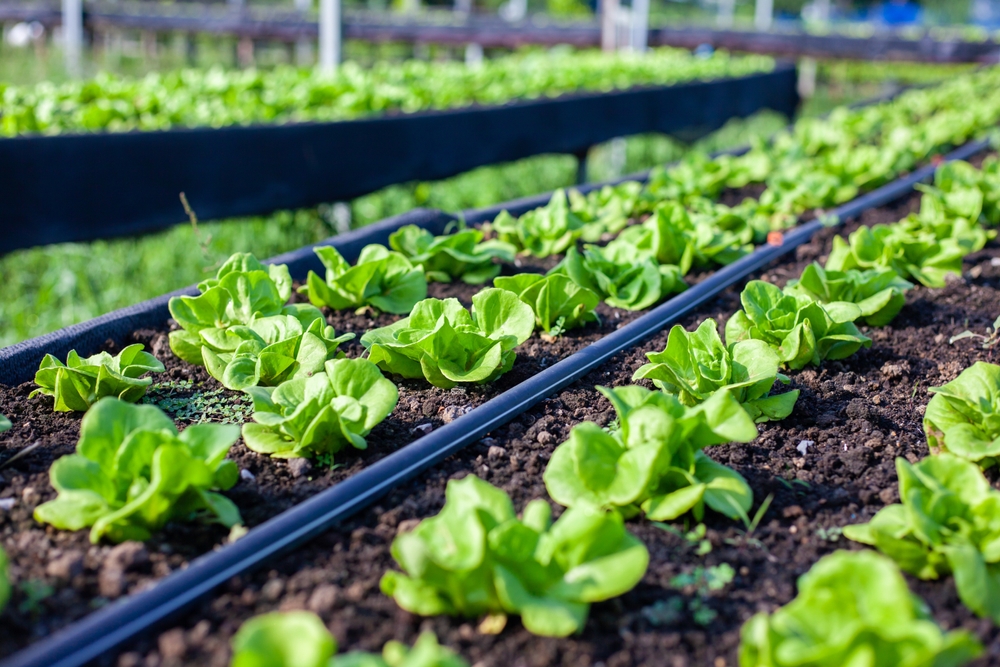
A variation of the drip system, Drip-to-Drain delivers nutrient solution to plants and lets excess water drain away instead of recirculating it. This can help avoid issues with disease and salt buildup in the solution. It works well for plants that prefer drier roots or for those new to hydroponics.
This system is easy to manage and ideal for small to medium spaces. The downside is higher water use since the solution is not reused, but it reduces maintenance complexity. If you prioritize simplicity and have water available, this system is an effective choice.
Bubbleponics
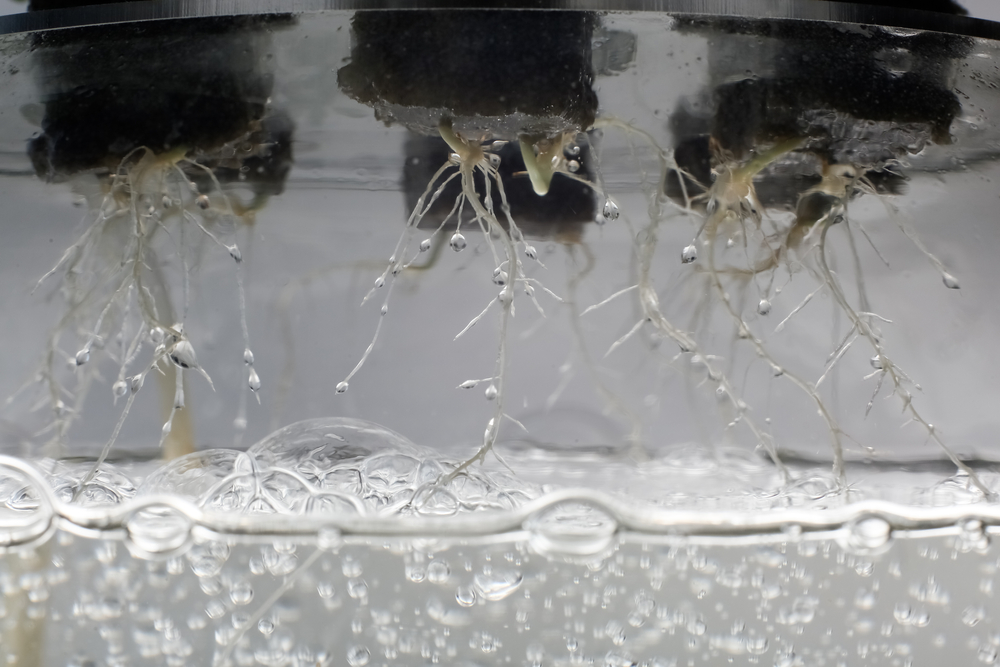
Bubbleponics is a type of Deep Water Culture that adds a water pump to deliver nutrient solution directly to the roots, enhancing oxygenation and nutrient uptake. It can speed up early plant growth and improve yields. This method combines the simplicity of DWC with added circulation.
Because it is a bit more technical, it suits intermediate growers who want to increase plant growth rates without moving to a fully automated system. It needs slightly more equipment and attention, but can offer better results for fruiting plants. Choose Bubbleponics if you want to push growth without complex machinery.
Vertical Hydroponics
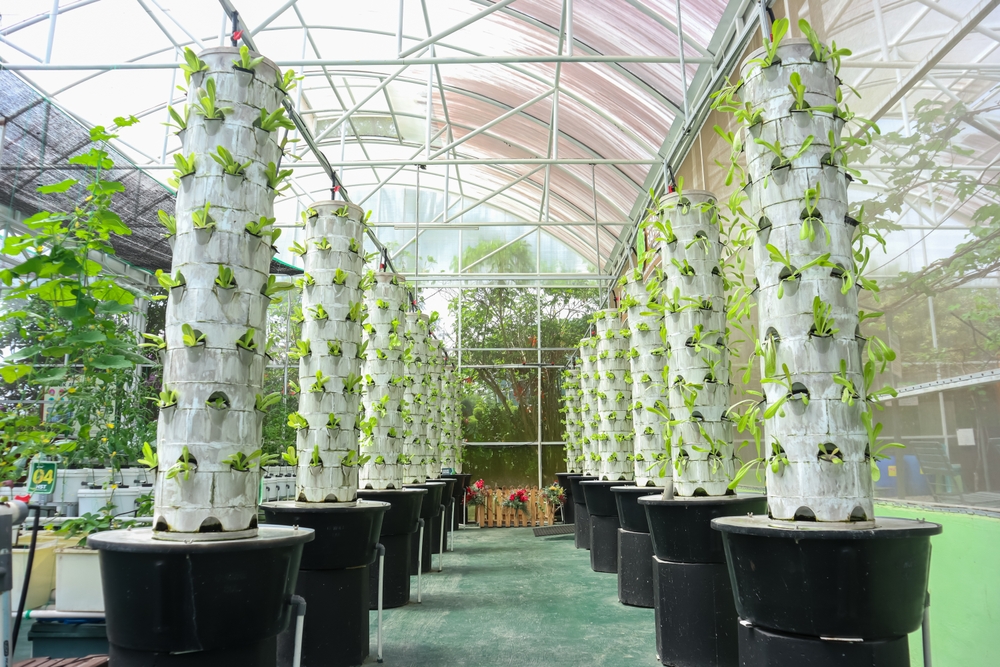
Vertical Hydroponics arranges plants in stacked layers, saving horizontal space. Nutrient solutions flow through each layer, providing water and nutrients efficiently. This system is popular for urban growers or those with limited space.
While vertical systems can be simple or complex, they often require a moderate budget for the structure and pumps. They suit growers looking to maximize yield in a small footprint. If space is a priority and you want to grow a lot in a small area, vertical hydroponics might work well.
Tabletop Hydroponics
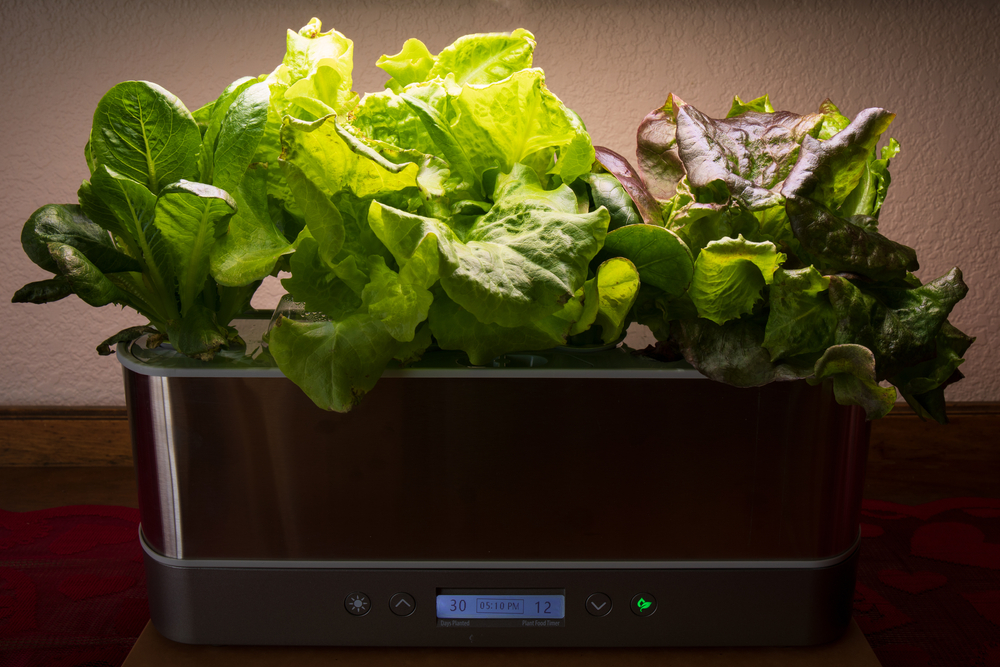
Tabletop Hydroponics refers to compact systems designed for small spaces like kitchen counters or offices. These units are often all-in-one, with built-in reservoirs and lighting. They typically use methods such as wick or small DWC setups.
These systems are perfect for beginners or those wanting fresh herbs indoors. Their small size limits the types and quantities of plants grown, but they require minimal setup and care. If you want a low-commitment way to try hydroponics on a small scale, a tabletop system is a solid start.
This article originally appeared on Avocadu
